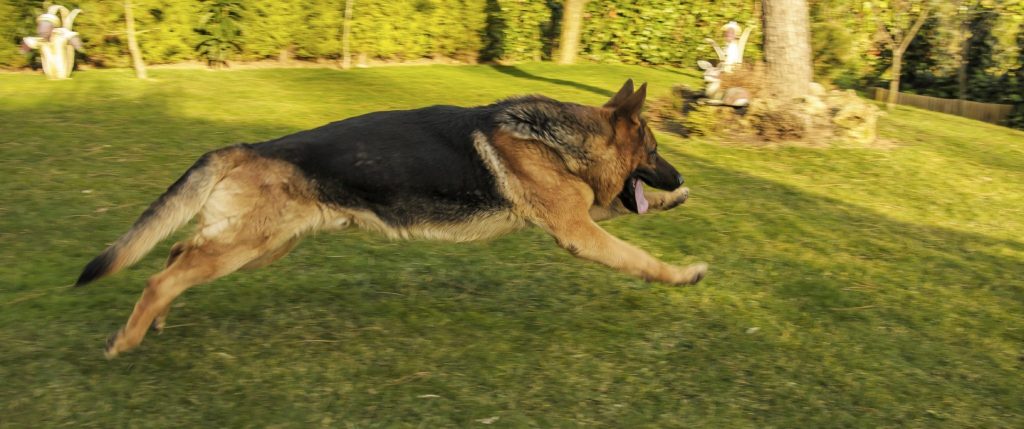 What Is Hip Dysplasia?
What Is Hip Dysplasia?
Mention the words hip dysplasia and thoughts of pain for your pet probably come to mind. It is a genetic disorder that typically affects medium to large-sized dogs and characterized by malformation of the hip joint. It is the most common skeletal diseases seen in dogs, especially in large breeds such as Saint Bernard, German shepherd, Labrador retriever and Great Dane. Small dog breeds can be affected, however they usually do not show any clinical signs or have pain.
Dogs usually develop hip dysplasia after four months of age when they are physically immature and still quite young. However, it can also occur as they get older and develop osteoarthritis, a form of arthritic inflammation characterized by degeneration of the joint cartilage and chronic deterioration.
Nutrition Is A Key Factor
However, choosing the best food starting an early age can significantly lower your dog’s risk of developing hip dysplasia. The nutritional needs of large-breed dogs are different from those of small and medium-sized dogs. You do NOT want to ignore these needs to prevent bone and joint disorders such as orthopedic disease, elbow dysplasia and osteochondrosis (OCD).
Large breeds are at greater risk because they grow fast and remain puppies longer. For example, a Saint Bernard can grow from weighing 15 pounds at 8 weeks old to 50 pounds in a few short weeks. All that fast growth means that the bones change quickly which puts them at risk for forming incorrectly and makes them more sensitive to imbalances when it comes to nutrition.
3 Main Causes Of Hip Dysplasia
The real causes of hip dysplasia are:
• Excessive calcium intake
• Genetics
• Too many calories ingested
You can’t change genetics, however you can avoid feeding your dog too much food and calcium that will go a long way in preventing or reducing the risk of hip dysplasia. Choose a specific time to feed your dog to avoid uncontrolled eating. If your puppy grows too fast, it can lead to some serious problems including hip dysplasia and joint arthritis.
It is important to give your dog the right amount of calcium. This can be accomplished by choosing the right food for your particular breed of dog. In general, puppies can have trouble regulating how much calcium is absorbed in the intestinal tract. However, too little calcium can also cause problems. Look for food that meets your dog’s nutritional needs that will help prevent hip dysplasia.
General Rules To Follow
A general rule of thumb is to choose a food that contains 3,500 – 4,000 calories per kilogram of food. It should also contain about 3 grams of calcium per 1,000 calories of food. Again, look for food that is appropriate for your dog whether it is small, medium or large breed.
In order to lower your dog’s risk of developing hip dysplasia, consider the following:
• Feeding your dog a complete, balanced and nutritious food
• Do not feed adult dog food to your puppy
• Look for a calcium content of about 0.9-1.35% in dry puppy food
• Focus on controlled growth of your puppy
• Serve small, measured meals on a regular schedule
• Canned food is generally higher in calories and fat than dry food
Choose the best food for your puppy or dog to help prevent the development of hip dysplasia. A few simple changes in their eating habits can significantly lower their risk of developing this debilitating problem. Reduce the risk – the health of your puppy depends on it.
Reviewed and approved by Dr. David L. Roberts, DVM
Image: iStock









